Bridging East and West: The bridges of Bosnia and Herzegovina
31.07.2018 at 10:10
- Attractions
- 0
Few lands can boast as the ancient crossroads of modern European civilization. The Balkan Peninsula itself is the bridge between Europe and Asia Minor, with BiH lying at the heart of it.
It is here that the Byzantines from the east met the Romans from the West. It was here that the Ottomans and the oriental cultures stayed for over 500 yearsbefore falling to the Austro-Hungarian Empire, each bringing the treasures of their cultures and customs.
The wonderful Ottoman bridges that span the mighty mountain rivers of Bosnia and Herzegovina truly bridge the many civilizations and cultures that call their homeland Bosnia and Herzegovina. Here you will find an amazing blend of east and west, allowing you to cross bridges you never thought possible.
The Arslanagić bridge
One of the finest examples of Ottoman architecture, the Arlanagic bridge was originally built 10 km upstream from its present location.
With the construction of a hydro-power plant in the 1960s the bridge was flooded. The water level was lowered again in 1966 to dismantle the bridge. It was eventually rebuilt in 1972 in the centre of Trebinje. The bridge was originally built in 1574 by Grand Vizir Mehmed-pasha Sokolovic and served as trading link with Novi (Herceg Novi, Montenegro) and Ragusa (Dubrovnik, Croatia). The bridge got its name only in the 17th from Arslan-aga a nobleman who fled Novi after it fell to the Venetians. He set up a toll collection center near the bridge.
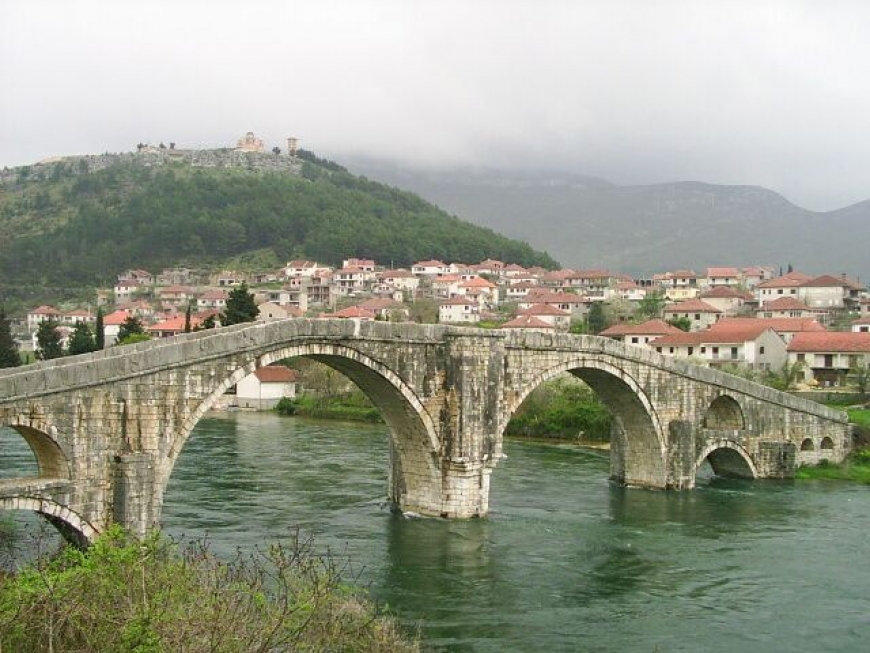
Bridge on the Drina
In his acclaimed novel "Bridge on the Drina", Ivo Andric recalls a story being told about the first bridge and this bridge.  "While the earth was still just as it had come from God's hands, damp and soft as unbaked clay, the devil stole up and scratched the face of God's earth with his nails as much and as deeply as he could. Therefore, the story says, deep rivers and ravines were formed which divided one district from another and kept people apart, preventing them from travelling on that earth that God had given them as a garden for their food and their support. And God felt pity when he saw what the Accursed One had done, but was not able to return to the task which the devil had spoiled with his nails, so God sent his angels to help people and make things easier for them. When the angels say how unfortunate men could not pass those abysses and ravines to finish the work they had to do, but tormented themselves and looking in vain and shouted from one side to the other, the angels spread their wings above those places and men were able to cross. So people learned from the angels of God how to build bridges, and therefore, after fountains, the greatest blessing is to build a bridge and the greatest sin to interfere with one, for every bridge, from a tree trunk crossing a mountain stream to this great bridge of Mehmed Pasha, has its guardian angel who cares for it and maintains it as long as God has ordained that it should stand."
"While the earth was still just as it had come from God's hands, damp and soft as unbaked clay, the devil stole up and scratched the face of God's earth with his nails as much and as deeply as he could. Therefore, the story says, deep rivers and ravines were formed which divided one district from another and kept people apart, preventing them from travelling on that earth that God had given them as a garden for their food and their support. And God felt pity when he saw what the Accursed One had done, but was not able to return to the task which the devil had spoiled with his nails, so God sent his angels to help people and make things easier for them. When the angels say how unfortunate men could not pass those abysses and ravines to finish the work they had to do, but tormented themselves and looking in vain and shouted from one side to the other, the angels spread their wings above those places and men were able to cross. So people learned from the angels of God how to build bridges, and therefore, after fountains, the greatest blessing is to build a bridge and the greatest sin to interfere with one, for every bridge, from a tree trunk crossing a mountain stream to this great bridge of Mehmed Pasha, has its guardian angel who cares for it and maintains it as long as God has ordained that it should stand."
-- - From The Bridge on the Drina by Ivo Andric.
The book won the Nobel Prize for literature in 1961. This famous bridge still retains its medieval Ottoman character and is certainly one of the greatest cultural monuments of the Upper Drina region.
The Roman Bridge
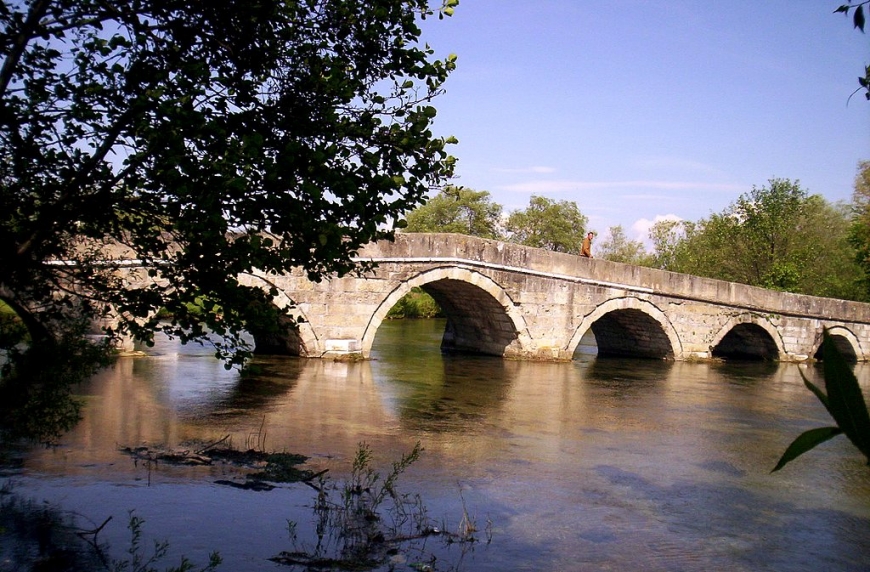
The Roman Bridge (Rimski Most) in Ilidza spans the Bosna River and was built by Ottoman architects in the first half of the 16th century using the stones from the remains of the Roman settlement Aquae Sulphurae.
The bridge may have been built on an earlier Roman foundation, thereby bridging time and space. A key trait of the Ilidza area: in the Butmir neighborhood, is one of the most significant archeological Neolithic findings in Europe (2500 and 2600 B.C.).
The Goat bridge
This bridge was built in the XVIth century. An inscription close to the bridge seems to attribute it to Mehmed-pasha Sokolovic. According to a local legend however the bridge was built by a shepherd boy named Mehmed.
One day he and his brother Sinan, while tending their goats, found a treasure in a cave near Jarcedol, a place overlooking the present location of the bridge. They split the treasure equally. From his money Mehmed built this bridge and Sinan built a mosque in Bistrik that became popularly known Kecedzija mosque (Kec is a Turkish word for goat). True or not, the bridge opened an important trading route to Sandzak, Macedonia and Istanbul and was frequented until the XIXth century. This was also the traditional spot for commencing pilgrimages leaving for the Hajj and was a meeting point of dignitaries coming to Sarajevo from the east.
The new Old bridge
The original bridge was built across the mighty Neretva River in 1566 by Ottoman design and Dalmatian masonry.
It stood as a symbol of Bosnia and Herzegovina for over 400 years before it was destroyed in the war of the early 1990's. The Stari Most not only bridged two sides of the river, but bridged the many cultures and customs that have settled in Herzegovina over the past millennium. The town of Mostar received its name from the bridge keepers on either side, called Mostari in Ottoman times. The reconstruction of the bridge in 2005 in its original form is perhaps the most powerful manifestation of a country that looks positively towards the future.
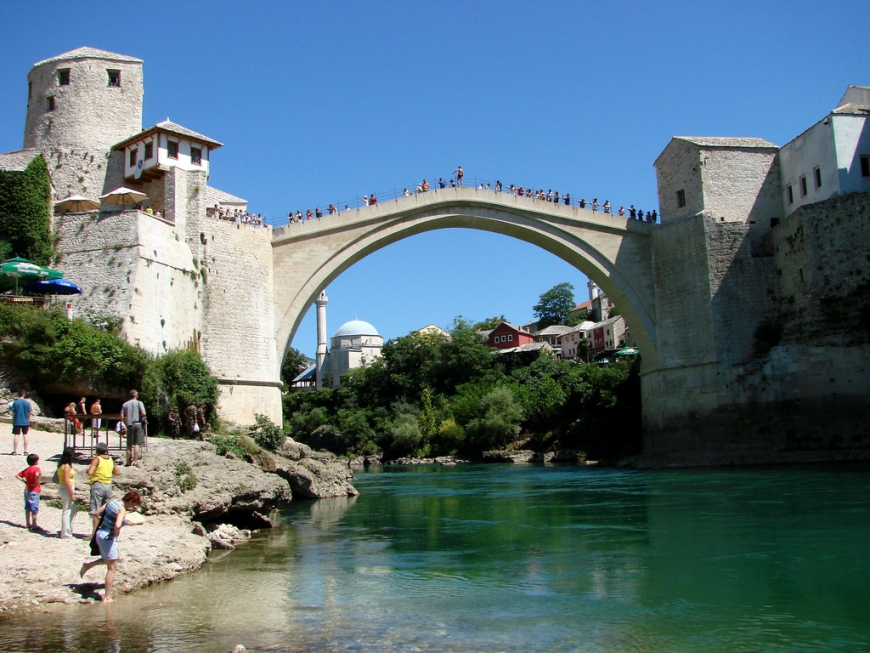
( bhtourism.ba )

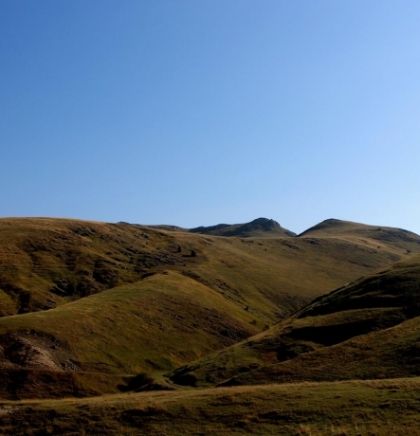

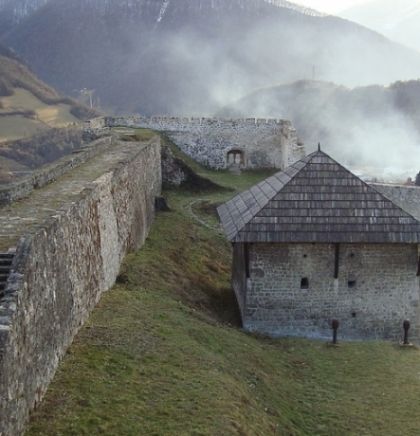
Comments: 0
NAPOMENA: Komentari odražavaju stavove njihovih autora, a ne nužno i stavove redakcije BHPutovanja.ba. Molimo korisnike da se suzdrže od vrijeđanja, psovanja i vulgarnog izražavanja. Redakcija zadržava pravo da obriše komentar bez najave i objašnjenja. Zbog velikog broja komentara redakcija nije dužna obrisati sve komentare koji krše pravila. Kao čitalac također prihvatate mogućnost da među komentarima mogu biti pronađeni sadržaji koji mogu biti u suprotnosti sa vašim vjerskim, moralnim i drugim načelima i uvjerenjima.
You have to sign in to leave comment.